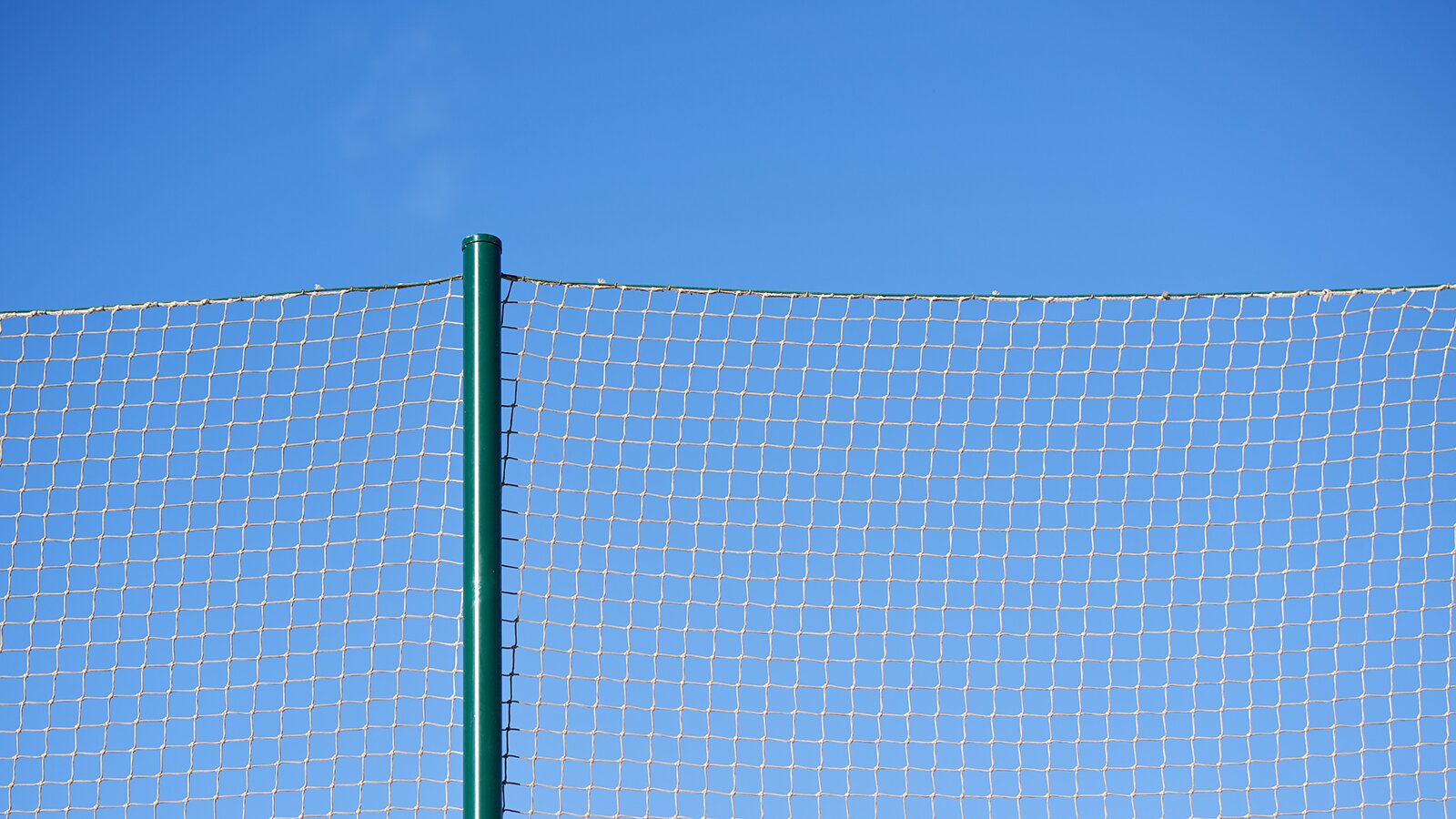The topic of AI was very present last year. Most of the time, it was only about what is possible with AI. In other words, about the technical improvements. New achievements were presented and celebrated. Often it all seemed like theater to me, and in some ways ridiculous.
For example: A flying cow with astronaut helmet in space. Something like that is a nice gimmick, but what about using it in reality?
My photography is neither documentary nor promotional. I would classify myself in the entertainment industry, because my photos are meant to be fun. Nothing I do is a reflection of reality. It is an art form in which I celebrate the beauty of women. So how far am I allowed to go?
A difficult question
I would compare this to cosmetic surgery. How do I feel about cosmetic surgery? I love naturalness. However, I had incisors that I could push over my lower lip when I was a kid. It gave me a bunny face so I got braces and lip frenulum surgery. There was no medical need for it. Just cosmetic reasons. So it's cosmetic surgery too, right?
How much is too much?
For me, it's a question of moderation. How much retouching do you do and when do you stop? In my opinion, a good retouch can't be seen. By this I mean, it shouldn't jump out at you, otherwise it was definitely too much.
For my part, though, I can say that I don't do digital breast enlargements, nor do I conjure up wasp waists. I am not a fan of liquifying body shapes in Photoshop. With this said, I do not condemn any colleagues who use it. Only for me personally, this is my own limit.
Especially the — currently still a bit slow — Remove Tool is one of my favorite. I really appreciate the tool because it gives me very good results in skin retouching 99% of the time. My workflow has become a little slower (despite AI). But it is more thorough.
I retouch skin in all my pictures.
And what about image generation?
I described it in a previous article. It's a bit silly the kind of artificial images AI is generating at the moment. And especially when a lot of detours have to be taken to achieve high quality, it does get annoying. But yes, it happens that I'm missing 300px at the edge of an image and have Photoshop add them.
These are then unspectacular things like a wall that needs to be extended. Generative Fill handles this flawlessly, even with complex lighting and shadow situations. AI support produces better results than the old methods like Content Aware Fill or the good old Stamp Tool.
Exceptions confirm the rule
But I have also had pubic hair created by Generative Fill in an individual case and was very pleased with the result (and also that AI failed to detect the body of a nude woman, because otherwise it had refused to do the job).
In another case, I turned velour boots into visually more pleasing wild leather boots. Without AI, this would not have been technically possible for me.
But you won't find any gross manipulations in my photos: So a model will not suddenly surf on the Niagara waterfall or stand in front of blazing flames. Even if I could imagine it for a photo spread, she won't have a poisonous snake with AI around her neck. I don't like AI games like that.
This means, that only the tools in the toolbox changed, but the basic retouching principles remained the same for me.
Should the use of AI be labeled?
Image processing has been around since there have been images. In the past, people used to work with partial brightening and darkening while developing. Since I've been using Photoshop professionally, I've also been retouching photos. Whether image editing is done in a detour or can be simplified with AI doesn't matter to me from a moral point of view. But this only goes for editing photographs.
Maybe you see it that way too.
Will AI replace photography?
I love photography far too much for that. I want to interact with a human being when I create a photo series. The process of creating involves so many spontaneous inspirations and iterations that I would never want to give this up. And while the technical result of AI image generation might come close to photography soon, the human factor, the soul, cannot be replaced.
And just as many people today are going back to the roots, growing their own vegetables and cooking on their own, so it will be with me and photography. AI has its appeal, but I don't see it as a competitor in terms of creativity.
Is this a good thing or not?
